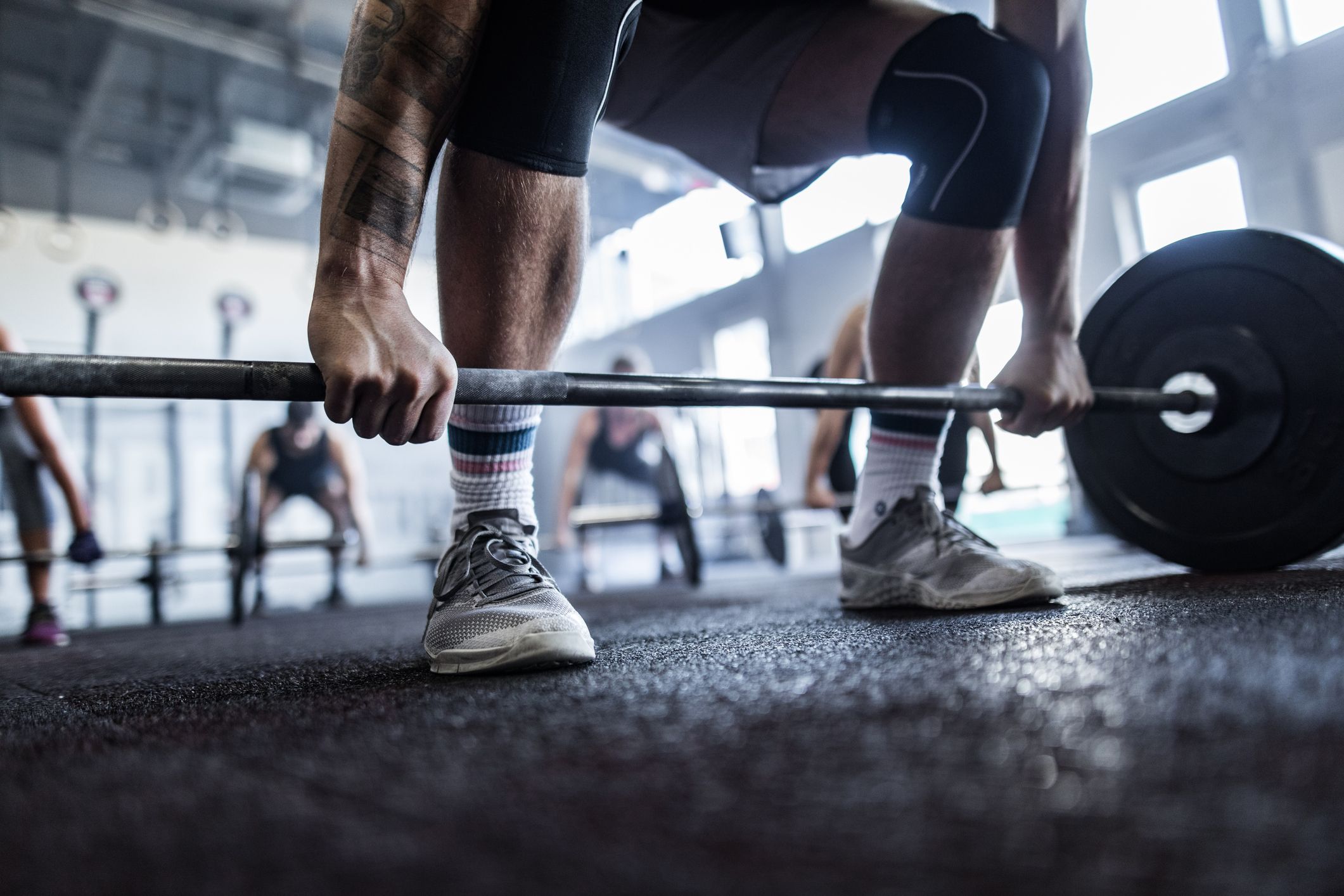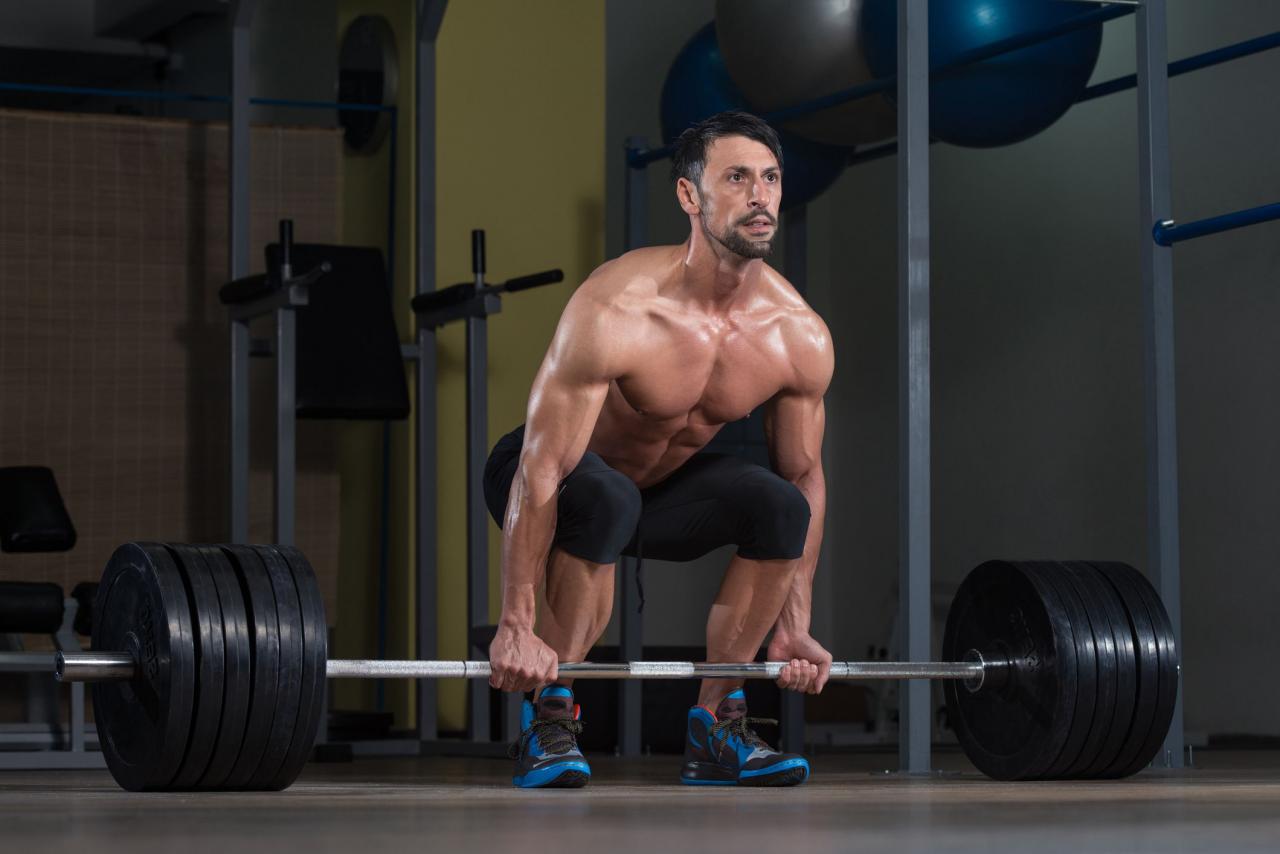
Deadlift – 4 secret weapons
The deadlift has been named the best bodybuilding exercise and has been hailed as the “Queen of Mass Set”. It uses dozens of muscles, but the secret isn’t just the muscles. Five experts talk about how to do the deadlift correctly.
Is the deadlift the best exercise for your upper and lower body? Is it true that she gives more gains in strength and volume than any other exercise? The question remains open and, most likely, will always be open. What is no question is that if you’re aiming for muscle growth, deadlift should be an essential part of your workout routine. The real question sounds differently: how to do the deadlift correctly?
To answer this question, I have collected the opinions of five experts in the field of sports medicine, strength and functional training. We immediately agreed that every human body has a unique geometry with its own vectors and patterns of movements, but nevertheless, these “secret weapons” are applicable to almost all weightlifters.

Secret weapon 1: fix the body and connect the hips
Muscle contraction always stiffens the joint. A stiff joint — in this case, the spine — is less flexible but less prone to disc injury and is able to generate more force. Remember jumping. Your ankle must be stiff at the time of landing, otherwise you risk twisting it, which is fraught with dislocation. The higher you jump, the stiffer your ankle should be.
A similar principle applies to the deadlift, says Stuart McGill, Ph.D., recognized expert in spinal biomechanics, and elite powerlifter Brian Carroll. For the ideal deadlift, in their opinion, it is necessary to “fix” the rigidity both in the spine and throughout the torso.
“The stiffness of the spine allows most of the load to be directed to the pelvic girdle, which leads to more efficient recruitment of the thigh muscles and an increase in the force they generate,” says McGill. “The hard core also helps send signals to the brain that generate a strong neuromuscular response, which increases your ability to handle heavy weights and prevents injury.”
I asked Dr. McGill what specific exercises weightlifters can do to reduce the risk of injuries, especially low back injuries that are common among powerlifters. He recommended four exercises that can create an “iron core”, make your spine resistant to the compression loads of the exercise, redirect nerve impulses to your legs during deadlifts, and prevent injury. These four exercises include rotating hands on fitball, side bridge, as well as modified McGill exercise “hunting dog” and twisting to the press.
Secret weapon 2: lift the projectile from stands or crossbars
I recommend every sports and healthy lifestyle fan to start deadlifting with stands or in a power rack. If at the starting point of the movement the bar is raised 15-20 cm, the risk of injury is much lower.
Strength coach Dan John says: “For most men and women, the barbell on the floor is too low. There is no scientific basis for such a low position, so I teach clients to start at 5 cm above or below the knee joints. Accordingly, you need to pull the bar from the stands or from the crossbar in the power frame. And I teach exactly to pull, and not to do leg press, smoothly turning into deadlift. ”
Functional movement expert Dr. Cody Dimak adds, “Unless you’re a powerlifter, you don’t have to pull off the floor. Most people will benefit more from pulling from a power rack bar or stand. Any of these options will make the biomechanical leverage more effective and reduce the range of motion in the lower back during the deadlift. ”
Secret weapon 3: find the optimal stop position
Your anatomy, which cannot be changed, dictates the best position for the feet to generate maximum force from the lower body. Without optimal foot position, you run the risk of directing the deadlift load into the lumbar spine. This is fraught with the development of a herniated disc or sciatica, pain along the nerves that begin in the lumbar spinal cord and travel through the pelvis and gluteal region to both legs.
How do you find the right foot position for you?
“I usually start with a client by analyzing the hip joints,” says Dr. Dimak. “I then use the diagnostic data to find the optimal foot position. Armed with this knowledge, I begin to increase the load within the safe range for humans. ”
This concept is based on the idea that you know your individual characteristics of the pelvic anatomy. Some people are lucky enough to have round depressions and heads of the hip joints, but most of us, people with athletic youth, have elongated femoral heads, plus there are other abnormalities in the structure of the femurs.

If you are going to do high-load deadlifts, get a hip diagnosis by a professional. This is the best cash investment, and much less expensive than the rehabilitation for a disc injury that you get when doing a deadlift with an inappropriate stop position.
Secret Weapon 4: Get Them Out Of Your Mind
Even if you have all the tricks, tips and hacks of the iron world at your disposal, you will not get around the deadlift traps without the right mental attitude.
We all have a workout buddy and we all like to chat a little between sets, but there must be a time and place for that.
“Deadlifts, like any other technically challenging strength exercise, do not tolerate jokes, chatter or any other distractions,” says Brian Carroll. – People who come up in a barbell dancing, smiling or joking, initially put themselves in a losing and dangerous position.
“In my training, there is no room for chatter and smiles during the bench press and deadlift,” he continues. – Smiling inhibits neural activation and reduces the chances of delivering maximum watts. The athlete who is satisfied with the result should smile, and the result gives the utmost concentration on the current tasks in the name of maximum power, safety and resistance to injury. “
